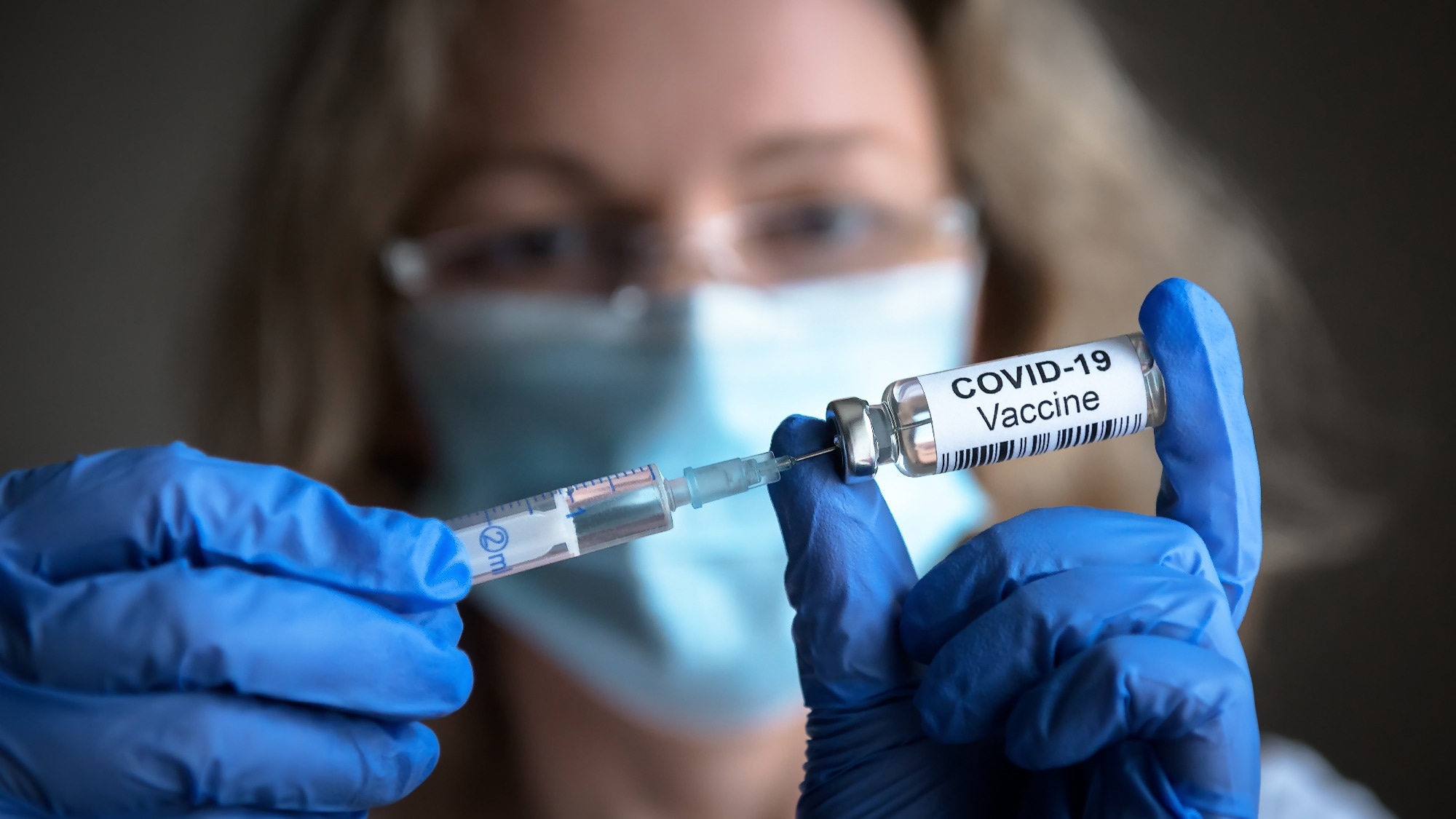In a latest article revealed in , researchers evaluated distinct immune responses to messenger ribonucleic acid (mRNA) and vector-based coronavirus illness 2019 (COVID-19) vaccines, and pure extreme acute respiratory syndrome coronavirus 2 (SARS-CoV-2) infections.
Particularly, they monitored vaccination- or prior infection-induced SARS-CoV-2 spike(S)-specific immunoglobulin G (IgG) isotypes and subclasses within the human serum in a 3 to four-month interval to estimate the steadiness of the anti-SARS-CoV-2 humoral immune response.
The crew examined the sample of S-specific IgGs induced by the SARS-CoV-2 an infection and several types of COVID-19 vaccines and whether or not the chronological order of pure virus an infection and vaccination influenced it.
Background
Completely different COVID-19 vaccines can be found, starting from inactivated to non-replicating viral vector and mRNA vaccines. Earlier research have established that SARS-CoV-2 naïve people and beforehand contaminated people present distinct immune responses to vaccination.
IgG is probably the most considerable immunoglobulin isotype in human serum. Every subclass of IgG has a singular profile associated to antigen binding, immune advanced formation, complement activation, and triggering of effector cell activation.
After antigenic stimuli, particularly viral protein , two complement-activating IgG subclasses, IgG3 and IgG1, are secreted first, whereas IgG2 and IgG4, which attenuate irritation with out complement activation, are secreted later.
Carbohydrate antigens stimulate IgG2, whereas extended antigen stimulations end in IgG4 secretion.
There may be restricted understanding of the connection between particular IgG titer and reminiscence recall response elicited in response to SARS-CoV-2, though single-cell sequencing and circulate cytometry knowledge lately confirmed IgG4-switched, S-binding reminiscence B cell response to mRNA vaccination.
In one other research, it was urged that adenovirus-based vaccines don’t elicit a long-term S-specific IgG4 response.
In regards to the research
Within the current research, researchers created two cohorts: a vaccinated cohort comprising 47 wholesome volunteers recruited in Budapest, Hungary, and a COVID-19 cohort constituting 26 convalescent serum contributors (CONV) and 101 hospitalized COVID-19 sufferers (HOSP).
Eleven people from the vaccinated cohort acquired vector-based (Sputnik) vaccines and 36 acquired mRNA (Moderna) vaccines. All vaccinated people had been constructive for SARS-CoV-2 S-specific IgG antibodies.
Vaccinated people had been both: contaminated earlier than mRNA vaccination (INF → mRNA); contaminated after mRNA vaccination (mRNA → INF); not contaminated mRNA vaccination (mRNA/no INF); or not contaminated vector vaccination (Vector/no INF).
The crew collected serum samples on median day 128 post-booster vaccination and from CONV and HOSP sufferers on median days 54 and 21, respectively. Additionally they monitored 15 mRNA-vaccinated volunteers on median days 37 and 160 post-booster.
The researchers detected IgG antibodies towards SARS-CoV-2 S and nucleocapsid (N) proteins utilizing business assays. They used an in-house enzyme-linked immunosorbent assay (ELISA) to find out whole S-specific IgG and every S-specific IgG subclass.
They used nephelometric assay to quantify whole serum IgG and IgG1–4 subclasses. It helped them decide the proportion of every S-specific IgG subclass relative to the sum of all IgGs in each research cohorts. Additionally they computed the common proportion of people for every IgG subclass within the respective group.
Outcomes
The present research had many necessary findings. First, vector-based vaccine recipients had decrease whole S-specific IgG ranges than mRNA vaccine recipients inside 4 to 5 months post-booster vaccination.
Relating to the sample of IgG subclasses, it was comparable for people contaminated earlier than mRNA vaccinations and people who acquired vector-based vaccines, and even for COVID-19 sufferers who acquired no vaccine. COVID-19 sufferers predominantly had S-specific IgG1/G3 subclasses in serum on the median of 21 days post-infection.
Nonetheless, the sample of S-specific IgG subclasses different in mRNA-vaccinated people with and with out prior (pure) an infection.
Apparently, the swap to S-specific IgG4/G2 occurred solely in mRNA vaccine recipients or mRNA → INF group. These distal IgG subclasses additionally surged in people experiencing a breakthrough an infection three months or later post-boosting inside 40 days of the breakthrough an infection.
Moreover, the INF → mRNA group had decrease and fixed S-specific IgG2/G4 ranges than different mRNA vaccine-receiving teams 4 months after boosting. This response was missing in recipients of vector-based COVID-19 vaccines.
Moreover, elevated S-specific IgG1/G2/G4 responses within the mRNA → INF group indicated a reminiscence B cell recall response, which decreased within the mRNA/no INF group.
On this research, mRNA-based COVID-19 vaccines generated LLPCs with the IgG4 subclass, highlighting how the vaccine composition could also be necessary within the induction of the IgG4 subclass. It additionally highlighted that priming immunization by mRNA vaccines could possibly be crucial for eliciting excessive IgG4 subclass distribution within the secondary immune response because it reactivated pre-existing S-specific IgG4 reminiscence B cells.
Conclusions
The present research confirmed findings from earlier research that COVID-19 mRNA vaccines induced a excessive proportion of S-specific IgG4 responses, whereas this response was lacking among the many recipients who acquired vaccination after pure SARS-CoV-2 an infection and an infection naïve people vaccinated with vector-based vaccines.
This knowledge could possibly be related for future mRNA-based vaccine growth. Additional research may validate these observations.
